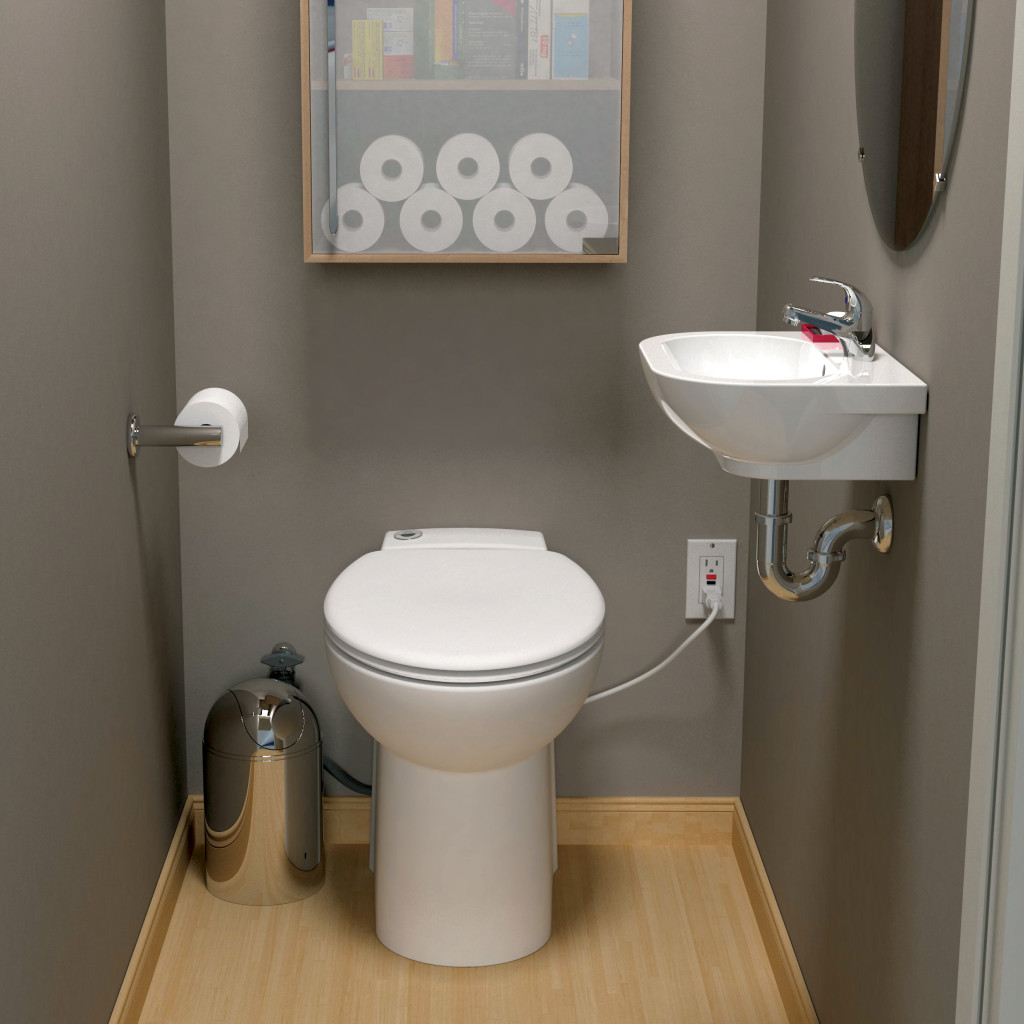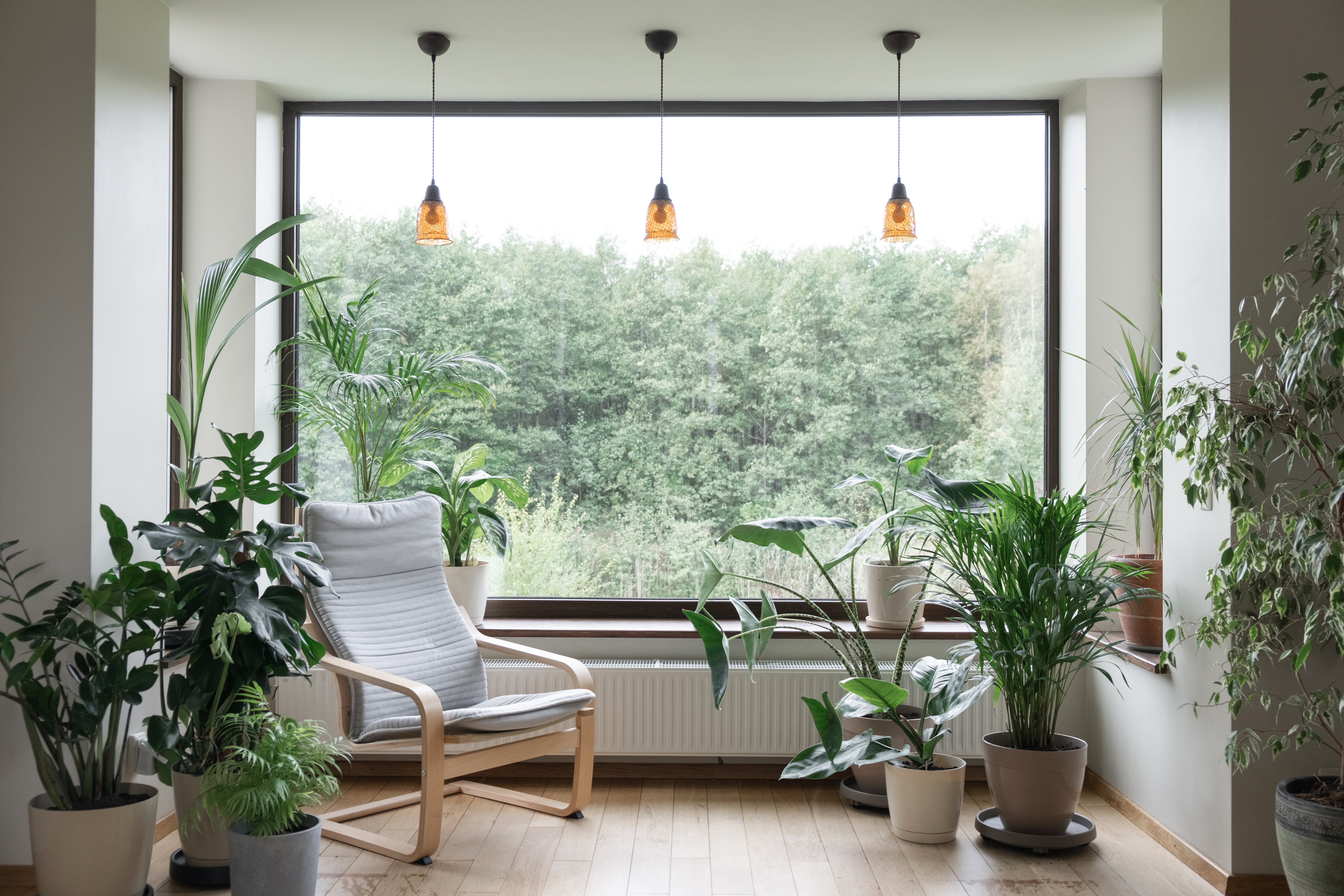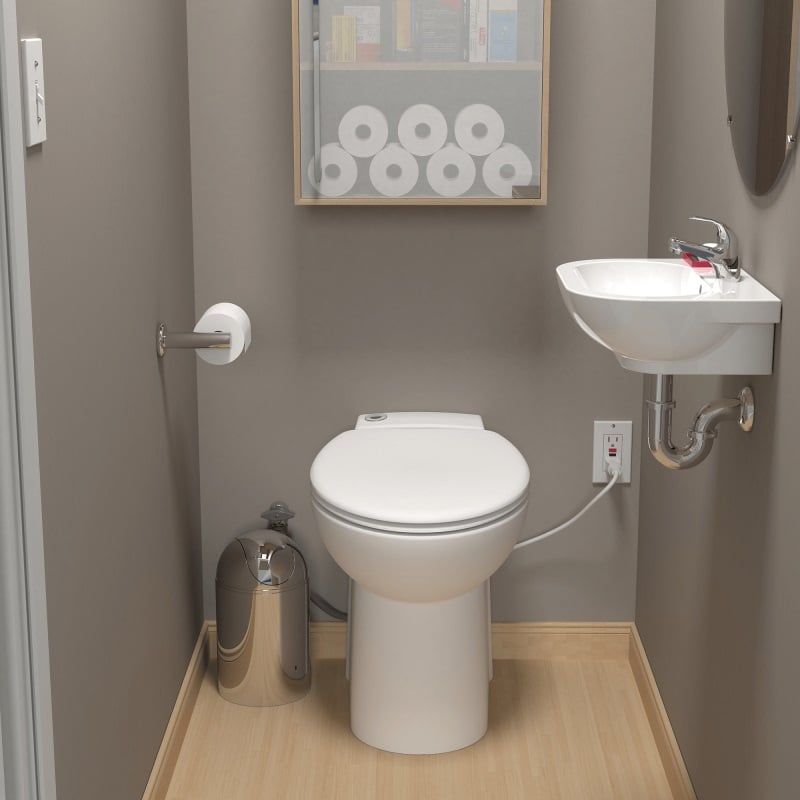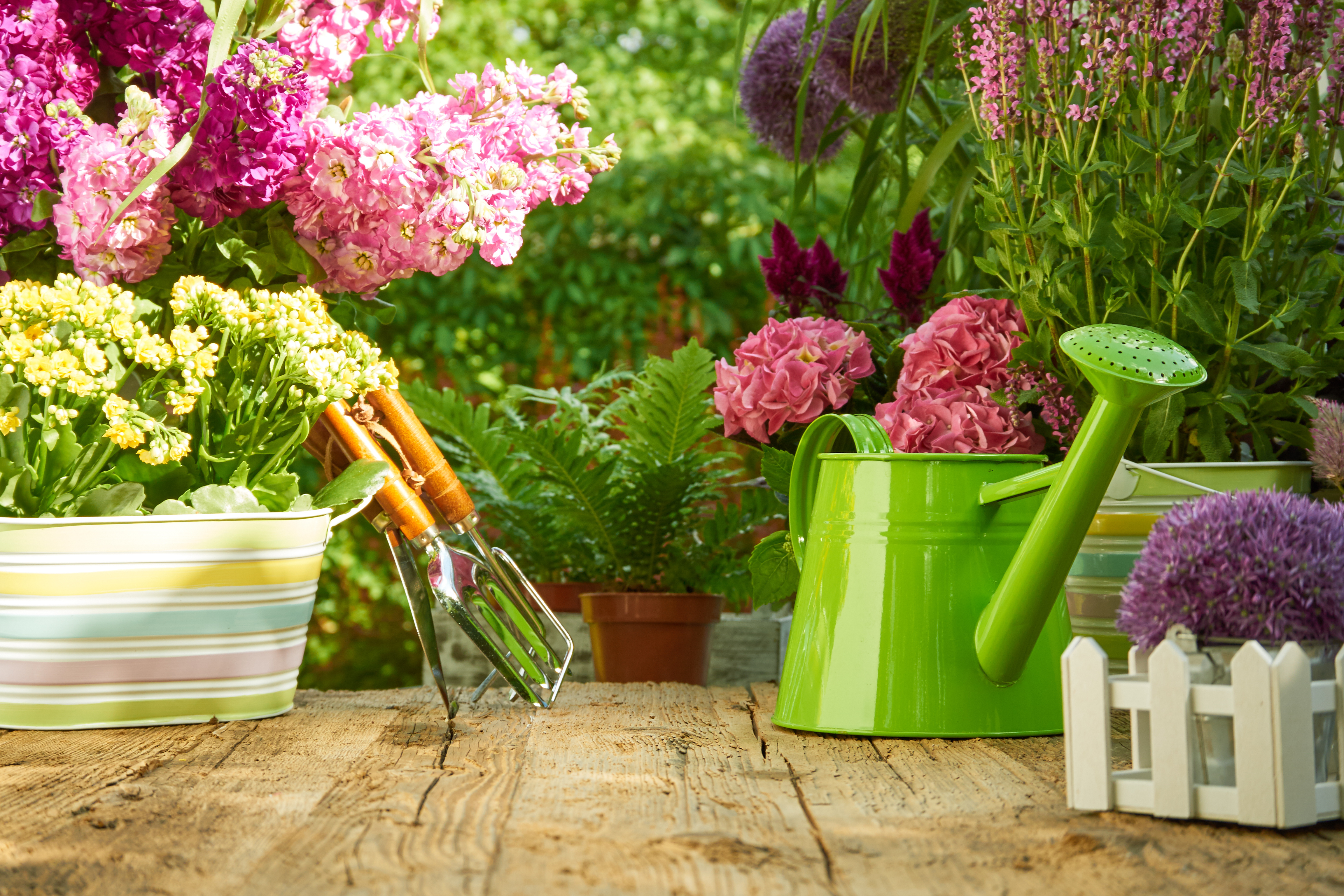Five Eco-friendly Home Projects for Homeowners
Blog 04/10/2024

Five Eco-friendly Home Projects for Homeowners
As environmental awareness grows, many of us become increasingly conscious of our impact on the planet and strive to minimize it. Simple actions like recycling plastics, turning off unnecessary lights, and conserving water are important. However, homeowners can also consider sustainable upgrades for their homes, kitchens, and bathrooms. These upgrades benefit the environment and save money in the long run.

Choosing to renovate your bathroom or kitchen is a significant decision. The hefty expenses involved in materials and labour often deter homeowners. Transitioning to a sustainable bathroom may require an initial investment but can lead to long-term savings.
Moreover, for those considering sustainable home upgrades, the Canada Greener Homes Initiative offers forgivable and low-interest loans to assist in financing building-retrofit measures and activities to achieve climate goals.
Considering the advantages of environmentally friendly practices, let’s explore five impactful methods for creating an eco-conscious home.
1. Install a high-efficiency water heater.
An eco-friendly water heater minimizes your home's emissions and boosts energy efficiency, lowering gas or electricity bills. Tankless water heaters, also known as on-demand water heaters, are particularly energy-efficient. Unlike conventional models that continuously heat water, these high-efficiency heaters heat water only when needed, resulting in significant energy savings and reduced fuel bills.
Another eco-friendly advantage of high-efficiency water heaters is their potential to minimize water waste. Recirculating-type tankless water heaters with built-in pumps provide hot water almost instantly, significantly reducing the amount of unused cold water wasted down the drain while waiting for the flow to warm up.
2. Opt for water-saving toilets.
Dual-flush toilet systems offer a contemporary solution that allows you to control the amount of water used for flushing based on whether you’re disposing of liquid or solid waste.
For example, the Sanicompact from SFA Saniflo offers a practical solution for integrating a small guest bathroom into an existing space without drilling through concrete to create below-floor drainage — saving labour, conserving materials, and minimizing waste. The dual-flush feature flushes waste with 1.28 gallons per flush and liquids with 1 GPF.

SFA Saniflo’s innovative, environmentally friendly above-floor plumbing technology enables swift and straightforward installation with minimal disruption and mess. With a strong focus on sustainability, these macerators and grinders can function throughout various areas of a home, such as a second-story bedroom or closet, in a basement, or even in structures like garages or sheds that would typically necessitate concrete-cutting for below-floor drainage.
The Saniaccess 3 macerating unit paired with SFA Saniflo’s water-saving rear-discharge toilet is ideal for full bathrooms. Without sacrificing flushing power, the Saniaccess 3 uses only 1.28 GPF versus 1.6 GPF for a conventional toilet.
3. Use sustainable building materials.
Prioritizing sustainable materials is paramount in crafting an eco-friendly home. We recommend using glass, reclaimed wood, metal, bamboo, cork, and porcelain to elevate your bathroom's aesthetic while minimizing environmental impact. When selecting materials, focus on their longevity and recyclability, ensuring they can be repurposed.
4. Install renewable energy sources.
For homeowners aiming to elevate their sustainability efforts, installing renewable energy systems like solar panels or wind turbines can be a wise move. These systems harness clean, renewable energy from natural sources, reducing reliance on fossil fuels and curbing greenhouse gas emissions. While the upfront costs may seem daunting, the long-term benefits regarding energy savings and environmental impact are significant.
5. Start a garden.
Consider incorporating a garden into your outdoor space to enhance its eco-friendliness and create a spa-like atmosphere. Starting a garden enhances your home’s curb appeal and offers the practical benefit of growing fresh produce and flowers. Plants can act as natural air purifiers and help improve soil health. However, avoid using chemical fertilizers that can degrade soil quality over time.

By incorporating these five eco-friendly projects, homeowners can take large or small steps toward creating more sustainable and environmentally friendly homes in their communities.
